Enhancing the Longevity of Industrial Tanks
Currently, there is a diverse range of tank usage in various industries, such as the chemical and food and beverage industries. Ensuring that tanks have a long service life involves several details, as outlined below:
1. Design and Material Selection
Proper material selection is crucial for using tanks correctly and extending their lifespan. The materials should be suitable for the intended usage to maximize longevity.
1.1. Design with Suitable Materials
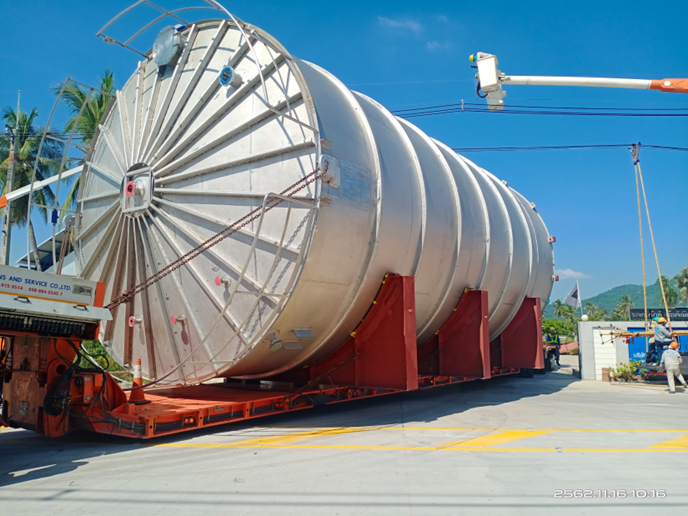
Industrial tanks come in various sizes and shapes, such as cylindrical storage tanks and pressure vessels, depending on their usage. Materials used can include steel and stainless steel, and they can be coated with substances like epoxy or fiberglass-reinforced plastic (FRP) to protect against corrosion caused by the substances stored within. Commonly used material grades include A516 carbon steel for pressure vessels, SS304/304L, SS316/316L, and Duplex Plate 2205 for stainless steel tanks.
1.1.1. SS304/304L is a commonly used stainless steel grade known for its ease of fabrication and good corrosion resistance.
1.1.2. SS316/316L is designed to provide excellent corrosion resistance and is suitable for heavy industries and marine applications.
1.1.3. Duplex Plate 2205 is a stainless steel grade known for its resistance to corrosion and excellent performance in acidic or alkaline environments, making it suitable for use in the chemical and petrochemical industries.
Material selection should involve Positive Material Identification (PMI) to accurately identify material types and grades, ensuring quality control and safety.
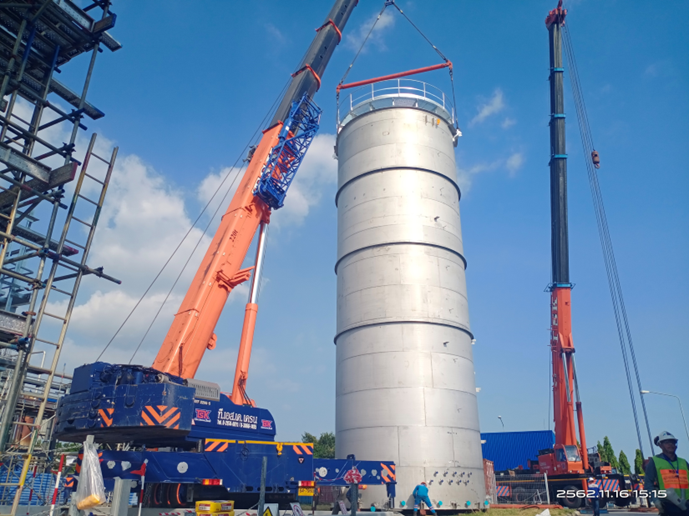
1.2. Optimal Thickness
The thickness of tanks should meet ASME, API650/620 standards and consider corrosion allowances based on the specific industrial process. Adequate thickness is essential to withstand operational and environmental stresses.
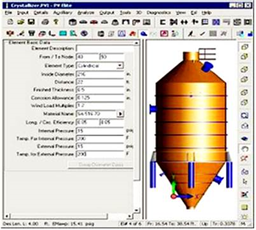
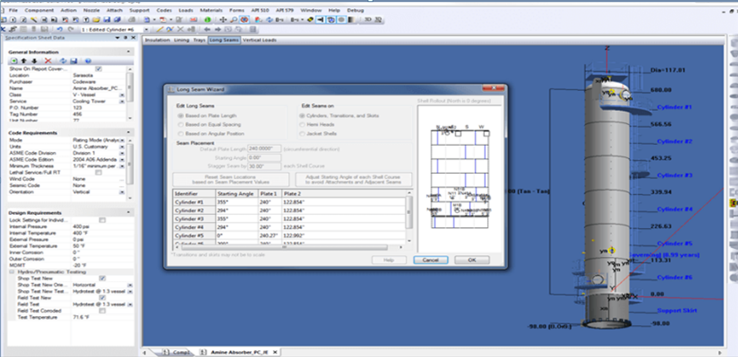
2.Proper Usage
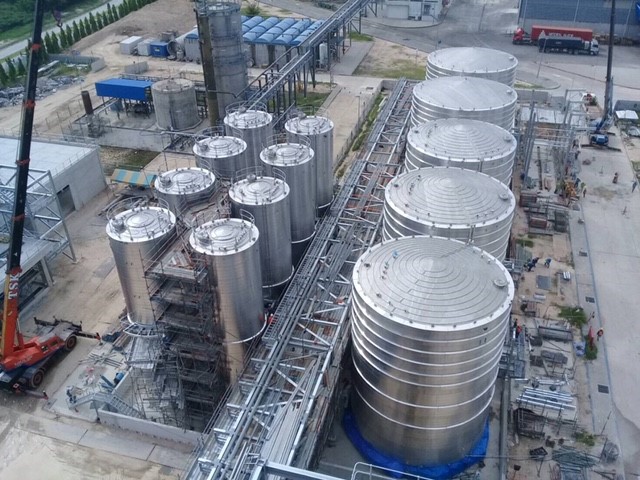
Extending the lifespan of tanks requires correct usage:
2.1. Adhering to Design Specifications
Operating tanks within their recommended pressure and temperature ranges is crucial to maximize their operational life and avoid issues due to overpressure or extreme temperatures.
2.2. Product Compatibility
Ensuring that the stored substances align with the tank's design specifications is fundamental for safety and long-term use.
2.3. Regular Maintenance and Inspection
Regular maintenance and timely inspections are essential for monitoring tank health and identifying potential issues before they become critical.
3. Maintenance
Proper maintenance is the key to extending the service life of industrial tanks. Maintenance practices include:
3.1. Regular Thickness Checks
Routine checks of a tank's thickness using tools like Ultrasonic Thickness Measurement (UTM) should be integrated into maintenance schedules to ensure structural integrity.
3.2. Leak Detection
Vigilant leak detection is essential for identifying and addressing breaches in the tank's integrity promptly. Specialized Leak Detectors can assist in this regard.
3.3 Non-Destructive Evaluation (NDE) for Weld Inspection
1.Visual Testing (VT) – Visual Testing is a method of inspecting materials using the examiner's eyes and may involve the use of tools such as magnifying glasses or various measuring devices when examining tight or confined spaces, such as pipes or heat exchanger equipment. In some cases, a small video camera (endoscope) may be used.
2. Magnetic Particle Testing (MT) - Magnetic Particle Testing is a method of detecting surface flaws in materials by utilizing the principles of magnetic induction. This involves applying a magnetic field to the test area and then sprinkling fine iron particles coated with a dye onto the surface. If there are small cracks or defects on the surface, the iron particles will form lines along these areas, making them visible.
3. Liquid Penetration Testing (PT) - Liquid Penetration Testing is a method used to detect surface defects or discontinuities in non-porous materials such as glass, plastic, ceramics, and metals. This test relies on the capillary action principle, where a liquid penetrant with good wettability is applied to the surface, and then the excess penetrant is removed. The penetrant that seeps into any surface defects is subsequently revealed through a developer, making the defects visible.
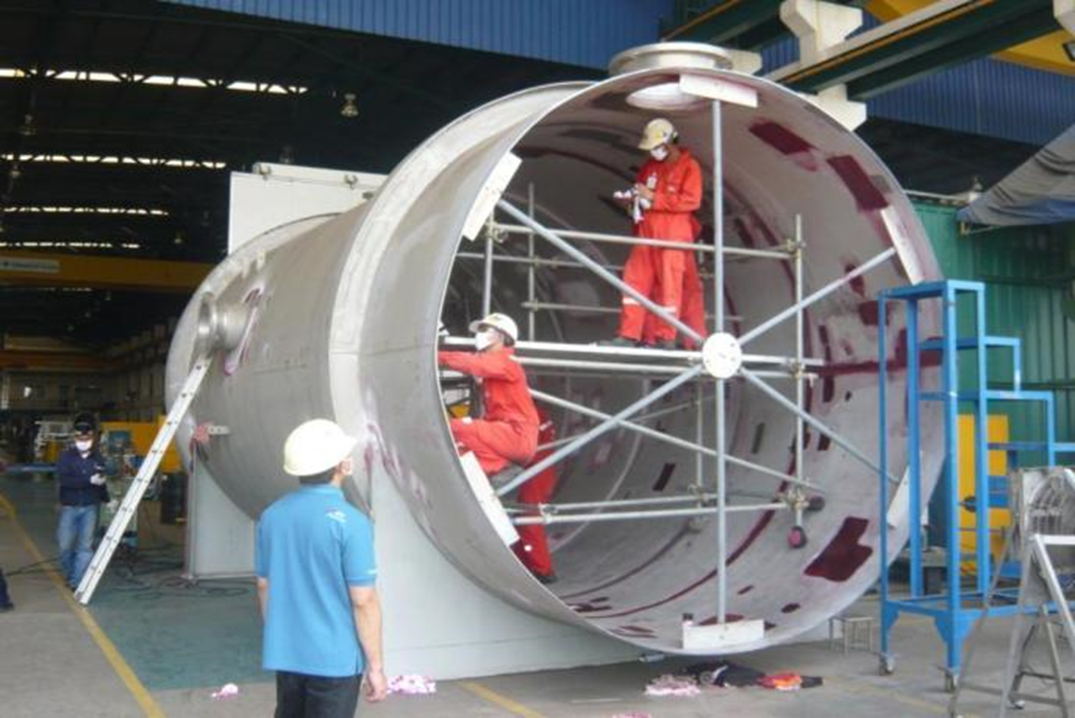
4. Radiographic Testing (RT) – Radiographic Testing involves the use of radiation, specifically X-rays or gamma rays, to penetrate and reveal the internal structure of materials. This method produces images that are typically black and white. Areas with thinner material will appear darker (allowing more radiation to pass through), while areas with thicker material will appear lighter (allowing less radiation to pass through).
5. Ultrasonic Testing (UT) - Ultrasonic Testing is a method that uses high-frequency sound waves to inspect materials. These sound waves are beyond the range of human hearing. Ultrasound waves are generated within the testing probe and travel through a coupling medium (such as a gel). If there are no internal defects in the material, the waves will travel smoothly. If there are discontinuities, they will reflect the waves, and these reflections can be detected and analyzed.
The methods outlined above are various techniques for ensuring the durability and extended service life of tanks. When applied correctly and subjected to regular inspections, they play a vital role in prolonging the lifespan of tanks.
Incorporating these comprehensive steps and practices is essential for significantly extending the operational lifespan of industrial tanks. Thoughtful design, proper usage, and vigilant maintenance collectively ensure secure and extended operation across diverse industrial sectors. Informed decisions and proactive care are the keys to unlocking their potential for longevity and operational efficiency, providing peace of mind and sustained productivity for industrial operations.


